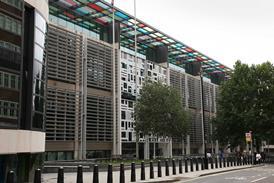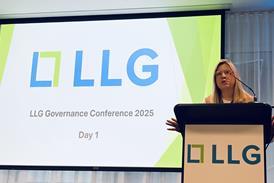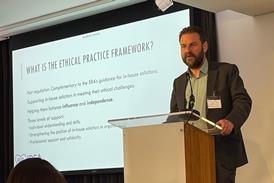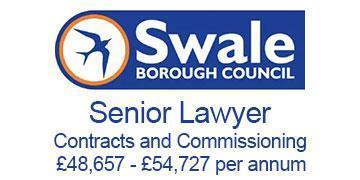To the untrained eye (in a well-lit room), a right of light claim feels like any David v Goliath battle: big developer blighting the unassuming neighbour’s simple use of their home. But is there more than meets the eye? As the developer sector awaits the upcoming Bankside Yards judgment (expected to influence the landscape of rights of light law), are rights of light ready for an overhaul?

The premise behind the law is easy to grasp. Where a right of light exists (through long use, express or implied grant or local custom or statute), those with the benefit are entitled to protect the right from substantial interference, that is, where the loss is significant enough to affect a reasonable use of the space.
The courts have been grappling with the concept since 1740. Parliament offered some assistance with the Prescription Act 1832, and by 1904 the understanding was that owners of land are entitled to ‘sufficient light according to the ordinary notions of mankind’. Some more science, the Waldram method for light measurement, was pioneered in the 1920s and has remained the bedrock of methodology to date.
However, things have not always been plain sailing. Despite the warning of the court in Colls v Home and Colonial Stores [1904] that the right to light should not evolve to a method for extracting a premium from a developer, this is often what plays out. Critically, in HKRUK II (CHC) Ltd v Heaney [2010] the court found that the interference with Heaney’s light, coupled with the unique character of the affected building and his investment, meant he could not be adequately compensated in money for the damage caused by the neighbouring £35m development. This was compounded by conduct of the developer, who had bashed on well aware of Heaney’s rights and was then forced to undertake a £2.5m demolition exercise. The developer appealed and a settlement was reached before the case got to the Court of Appeal, which jars with the verve with which the case was fought at first instance. Which prompts the question – is the adjoining owner Goliath after all?
The balance of power in such a scenario is significant. Heaney had waited many months before issuing his application, and while the developers had carried on with the scheme, the court was not swayed in protecting his rights. The court’s discretion over granting an injunction is also, in part, what lends itself to the unpredictability of this nature of case, revisited in 2024 by the court in Handston Investments Ltd v Abri Group Ltd.
Abri, a registered provider of affordable housing, commenced construction of a 33-unit affordable housing development in Dorset. Handston, the owner of an adjacent commercially let property with prescriptive rights of light, claimed there would be an infringement. Handston applied for an interim injunction to prevent further construction pending trial. The court acknowledged a serious issue to be tried, but on application with the overriding principles of interim relief, felt damages would be an adequate remedy for Handston and denied it the injunction.
Handston clarifies that there is more here than meets the eye: even when an infringement is admitted, the court may still deny an interim injunction. Influencing factors include the affected party’s use of the premises (here commercial), the conduct or delay of the parties, and a balance between public and private interests (the public benefit of providing affordable housing being Abri’s trump card in this instance, but perhaps David v Goliath-neutral) – albeit much of this contrasts with Heaney.
So, what next?
The Bankside litigation involves a £2.5bn central London regeneration project. The development has sparked multiple legal disputes over potential infringements of rights of light, culminating in a trial in March. The forthcoming decision is expected to address several critical issues:
- Measurement of light loss: following a number of false starts in 2022/23, this case will hopefully improve how light loss is quantified, moving beyond traditional methods like Waldram to accommodate more nuanced assessments that consider the actual experience of daylight impact.
- Assessment of nuisance: if the methodology approach is overhauled, a knock-on effect on when light interference constitutes a legal nuisance will be needed.
- Remedies and compensation: with an overhaul of the methodology to be adopted, it seems likely that the judgment will also need to give guidance on appropriate remedies, including whether injunctions or damages are more suitable in cases of light infringement.
The real ‘win’ would be to bring certainty. Currently, the methodology is said to be based on outdated assumptions, lacks context, does not reflect the occupier’s real-life experience, creates misleading results with a pass/fail set of outcomes and is incompatible with modern tools for measuring light. So, yes, the time for an overhaul is here.
Developers need certainty. The sector is already blighted by legacy supply chain issues, shortage of workers, financing and an uncertain market: this would be a welcome change. But until we get a judgment, the residents are the surprising Goliaths in their ability to bring a case such as this.
Kate New is a partner at Foot Anstey, London
































1 Reader's comment